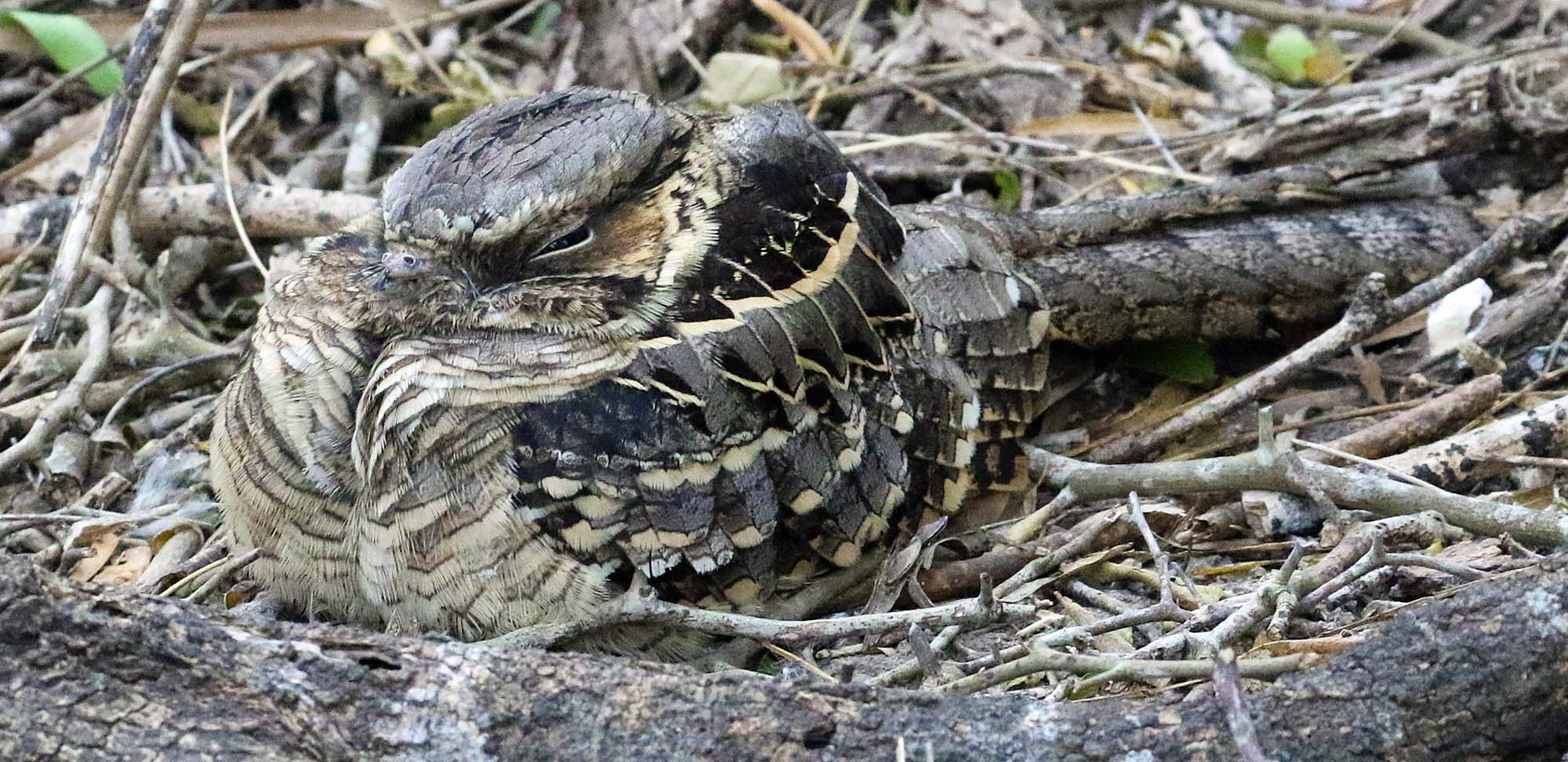Not sure which Texas tour to choose? Click to see a complete listing and comparison of all our Texas trips.
The subtropical habitats along the lower Rio Grande are like a part of Mexico north of the border. Biogeographically, this region represents the northernmost extension of the Tamaulipan Biotic Province. The bird life of South Texas is thus characteristic of northeastern Mexico; within the United States, many resident species and Mexican vagrants are known only from South Texas. For this reason, South Texas has become a "must" for every North American birder. And a lovely bonus is the opportunity to see magnificent wintering Whooping Cranes in Aransas National Wildlife Refuge.
We operate our South Texas Rarities birding tours in mid-winter because experience has shown that this is the season most likely to produce the unpredictable vagrants that spice up the already extremely rich resident avifauna. Normal post-breeding dispersal and irregular dispersal caused by environmental stress (for example, climatic extremes leading to food resource failures) combine to make winter the most exciting season in South Texas. One can never be sure what species may turn up next. One season may bring a scattering of Masked Ducks and Northern Jacanas, as did 1993. Another may produce species never before recorded north of the Mexican border, as in 1990 when North America's first Masked Tityra, White-throated Thrush, and Yellow-faced Grassquit were found in the area.
During the last few decades, an average of one species per year new to the ABA Area list has been added from the region. Add to that the large numbers of wintering waterfowl, sparrows, warblers, raptors, and coastal birds and you have a winter birding adventure of major proportions. During six days of birding along the lower Rio Grande, we'll look for all the specialties for which South Texas is famous, from such common birds as the striking Great Kiskadee to outstanding rarities like the Hook-billed Kite. About forty species of essentially Mexican birds are regularly found along the Rio Grande, and a number of others are irregular vagrants to the area. Residents include Least Grebe, Neotropic Cormorant, White-tailed Kite, White-tailed and Harris's hawks, Crested Caracara, Plain Chachalaca, Ringed and Green kingfishers, Buff-bellied Hummingbird, Golden-fronted Woodpecker, Northern Beardless-Tyrannulet, Green Jay, Clay-colored Thrush, Long-billed Thrasher, Tropical Parula, Olive Sparrow, Morelet's Seedeater (recently split from White-collared Seedeater), and Altamira and Audubon's orioles. In past years, rarities have included Roadside, Short-tailed, and Crane hawks, Green-breasted Mango, Green Violet-ear, Golden-crowned Warbler, Crimson-collared Grosbeak, and Blue Bunting. 2012 saw Golden-crowned Warblers, Blue Buntings, Crimson-collared Grosbeaks, and a Black-vented Oriole make appearances in the valley, as well as the return of Brown Jay to the Falcon area. The highlight in 2015 was a Gray-crowned Yellowthroat. Highlights in 2016 included Crimson-collared Grosbeak and Northern Jacana. 2021's tour included Bat Falcon and Social Flycatcher. 2024 was an exceptional year in the Valley with Bare-throated Tiger-Heron, Roadside Hawk, Gray-collared Becard, Rose-throated Becard, Golden-crowned Warbler, and Crimson-collared Grosbeak among the highlights!
Special Note -- A couple of recent trends in bird populations in south Texas include the following: In 2013, there were no overwintering Tropical Parulas in the valley. This species has been in a steady decline. A single Tropical Parula showed well for us in 2014. Parulas have been a bit more widespread since then. Sightings of Hook-billed Kite have dropped considerably since major flooding that took place in 2010. They are still seen from time to time, but have become far more difficult to see and are by no means guarenteed. Lastly, Muscovy sightings along the Rio Grande have all but dried up, perhaps owing to greatly increased border patrol presence there. We have sighted a few in recent years, so it's not totally out of the question.
Select the KEY INFO tab or click here for our itinerary plus space requests, status, fees, limits, and guides for any departure.
Other Tours in USA
ALASKA FALL GOLDMINE: Rarities on the Pribilofs & Ross's Gulls in BarrowALASKA: NO PLACE LIKE NOME
ALASKA: THE GREAT LAND
ARIZONA NIGHTBIRDS & MORE
ARIZONA WINTER SPECIALTIES
ARIZONA'S SECOND SPRING
ARIZONA: BIRDING THE BORDER
BIRDING THE DAKOTAS: Prairies, Black Hills & Badlands
COLORADO GROUSE
FALL FOR CAPE MAY
FLORIDA: Mangroves & Migrants
HAWAII
LOUISIANA: YELLOW RAILS & CRAWFISH TAILS
MAINE IN FALL: Seabirds & Coastal Migrants
MICHIGAN: GREAT LAKES GRANDEUR
NEW MEXICO: Birding the Land of Enchantment
NORTHERN ARIZONA'S CANYONS & CONDOR
OREGON: From the Coast to the Cascades
SLICE OF CALIFORNIA: Seabirds to Sierra
SPRING IN CAPE MAY
TEXAS COAST MIGRATION SPECTACLE


